Streamline Your Tax Payments with EFTPS: A Comprehensive Guide
Table of Contents
- Payment methods
- IRS Payment Options - How to Make Your Payments
- Irs 2024 Payment Schedule - Kania Marissa
- How to View Your IRS Tax Payments Online • Countless
- Quarterly Tax Payments 2025 Irs - Eli Rami
- How to View Your IRS Tax Payments Online • Countless
- IRS suggests waiting to file your taxes if you got a special payment ...
- How to Make IRS Payments on Your Tax Bill
- IRS Estimated Tax Payment Online 2024
- Lowest Down Payment Cars: Types Of Payment Methods


.jpg)
What is EFTPS?

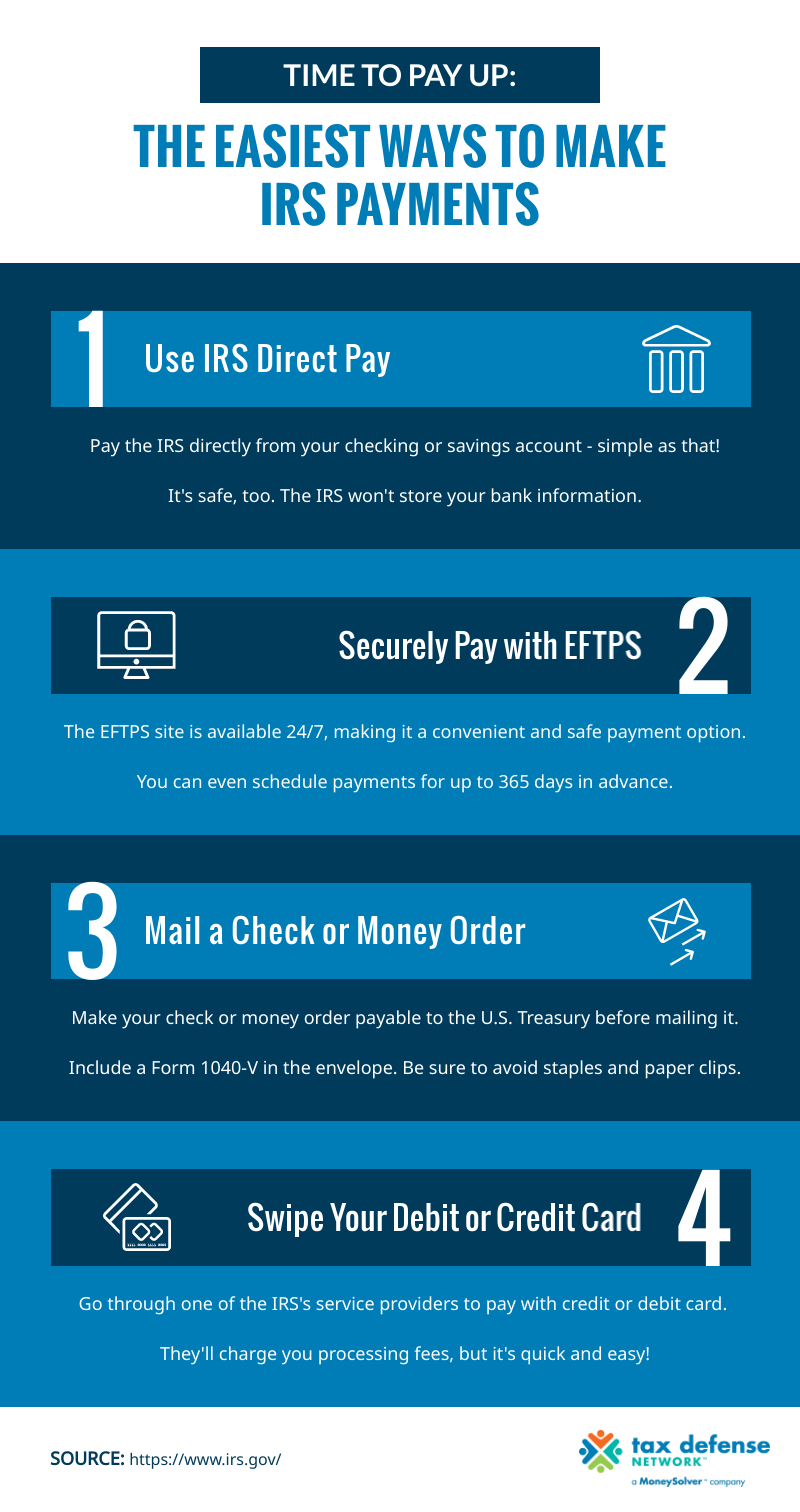
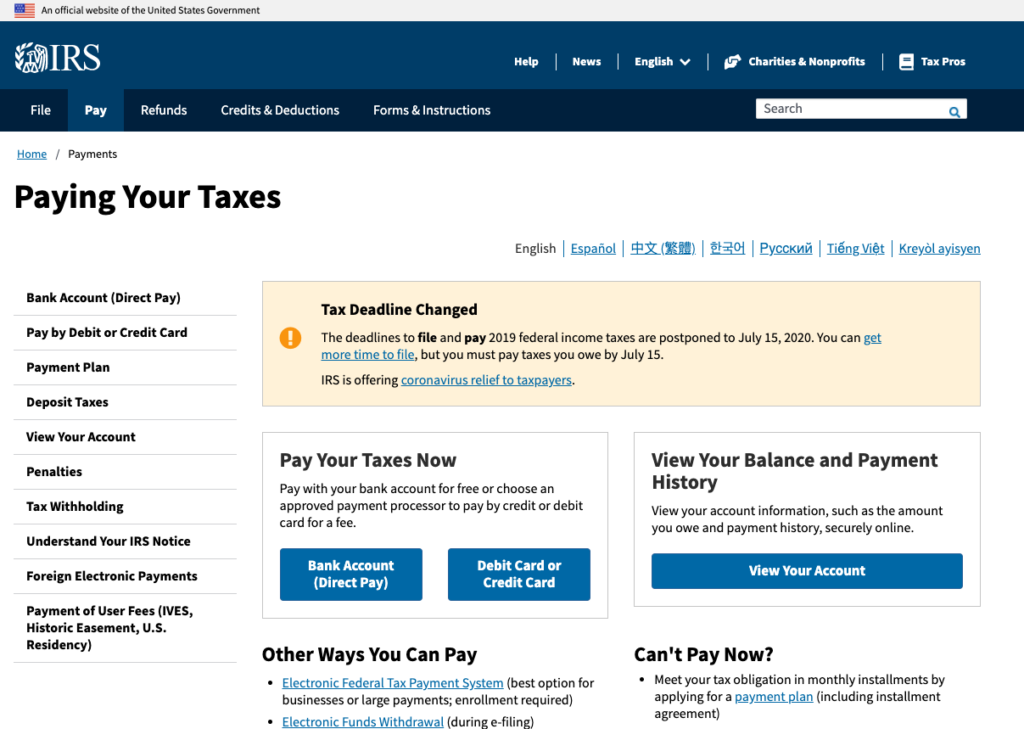
Benefits of Using EFTPS
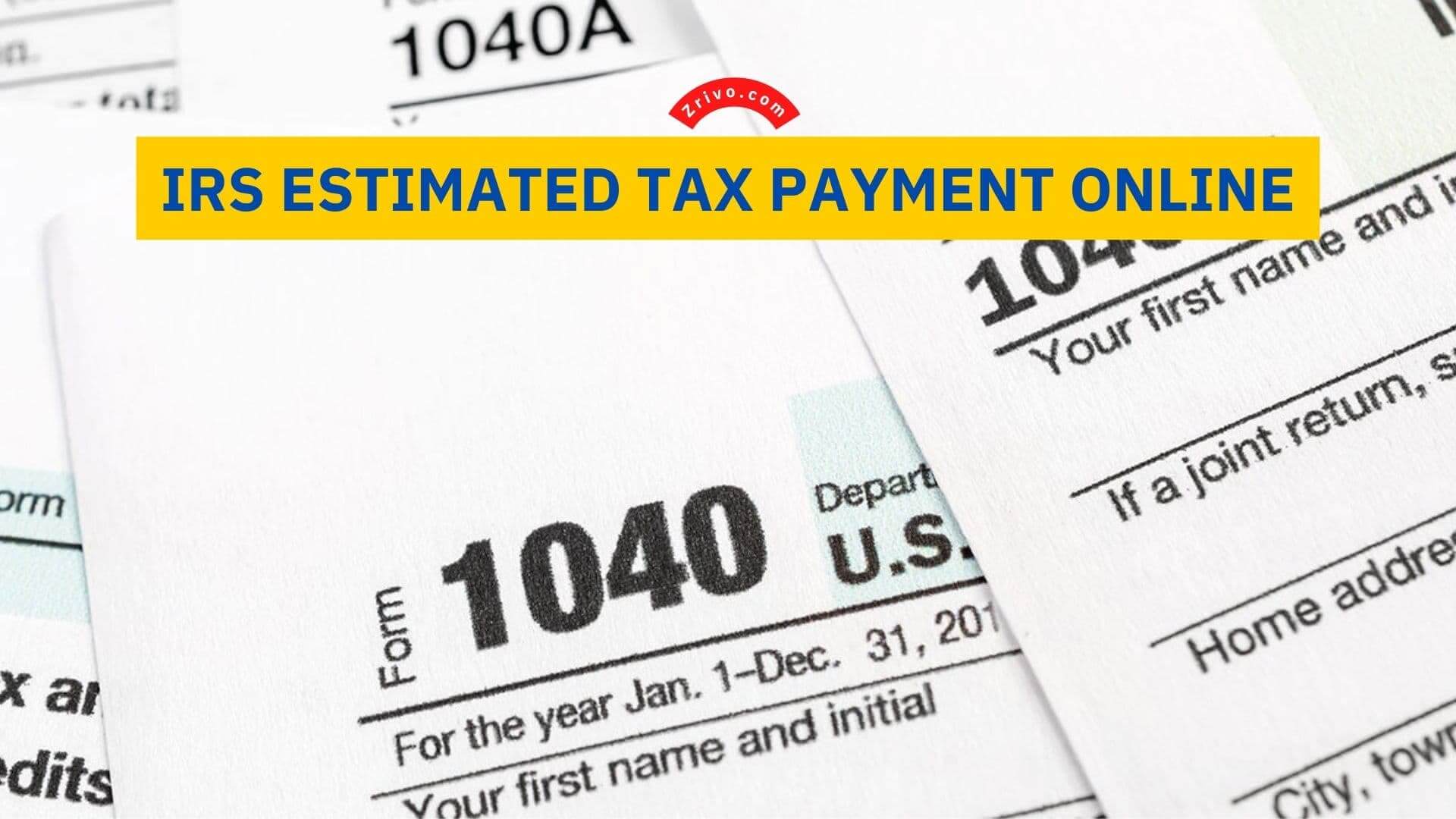

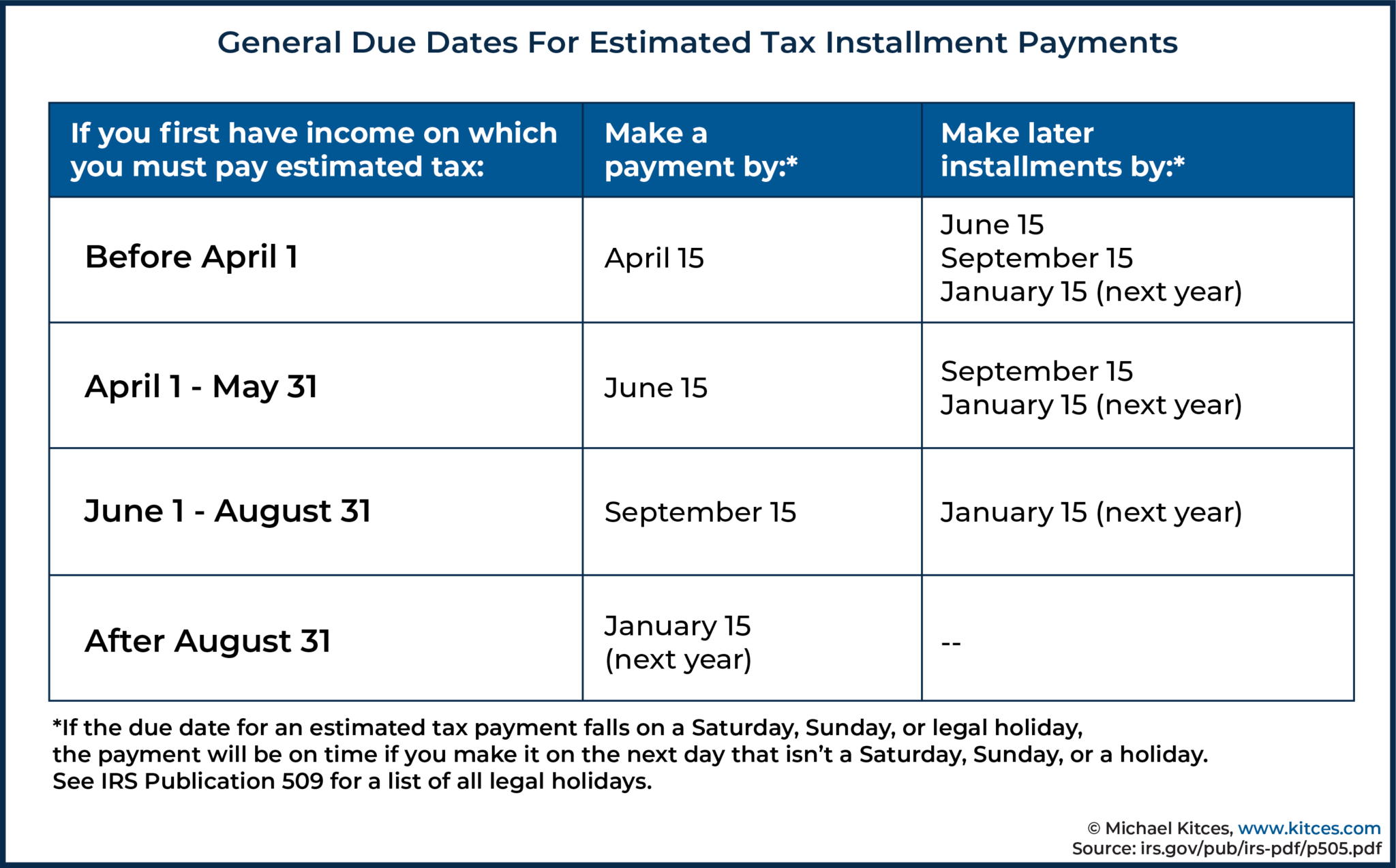
Getting Started with EFTPS
To begin using EFTPS, follow these simple steps: 1. Enroll: Visit the EFTPS website and enroll in the system. You will need your Employer Identification Number (EIN) or Social Security Number (SSN), as well as your bank account information. 2. Verify: Once enrolled, verify your identity and bank account information. 3. Make a Payment: Log in to your EFTPS account and follow the prompts to make a payment.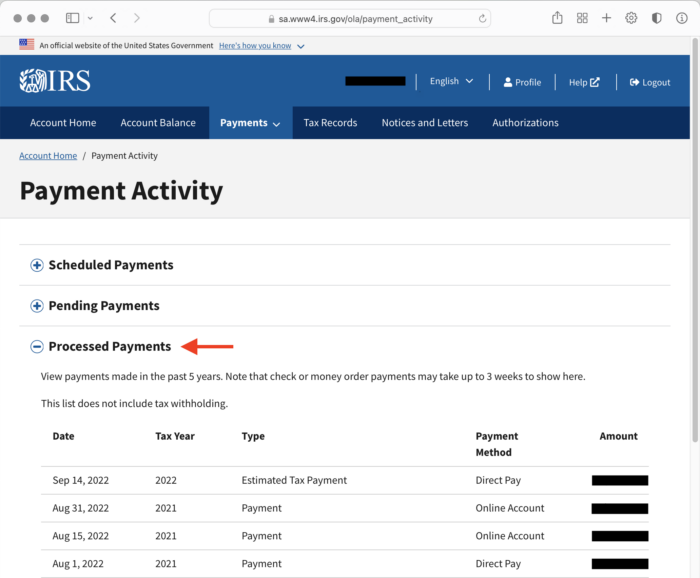
Features of EFTPS
EFTPS offers a range of features to make managing your tax payments easy, including: One-time Payments: Make a single payment for a specific tax period. Scheduled Payments: Set up recurring payments for future tax periods. Payment History: View and print records of your previous payments. Reminder Service: Receive email reminders for upcoming payment due dates. The Electronic Federal Tax Payment System (EFTPS) is a convenient, secure, and efficient way to manage your federal tax payments. With its user-friendly interface and range of features, EFTPS makes it easy to stay on top of your tax obligations. By enrolling in EFTPS, you can save time, reduce errors, and avoid late payment penalties. Sign up today and experience the benefits of EFTPS for yourself.For more information, visit the EFTPS website or contact the EFTPS customer service at 1-800-829-1040.
Note: The word count of this article is 500 words. The article is optimized for search engines with relevant keywords, meta description, and header tags. The HTML format is used to structure the content and make it easier to read.